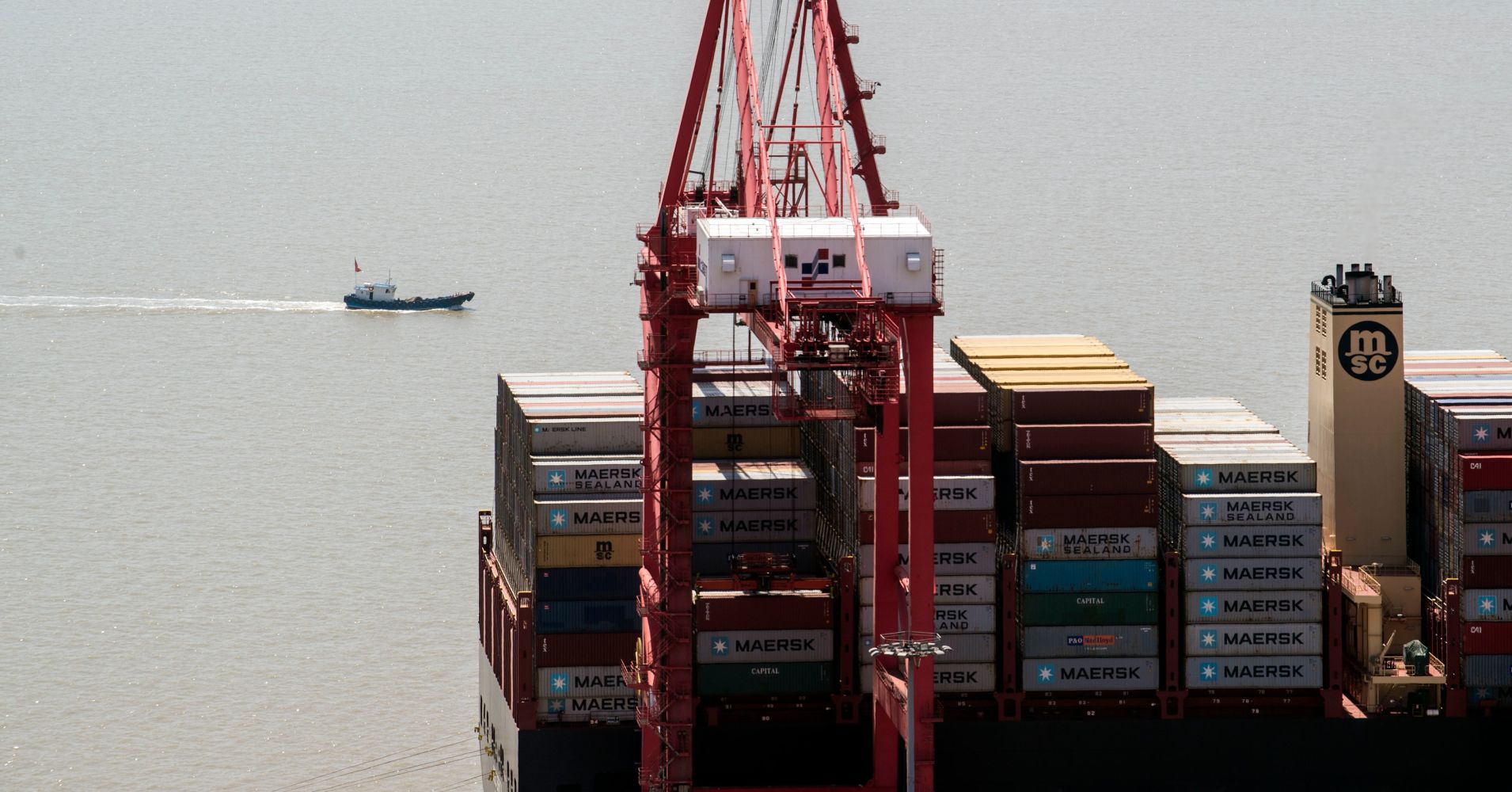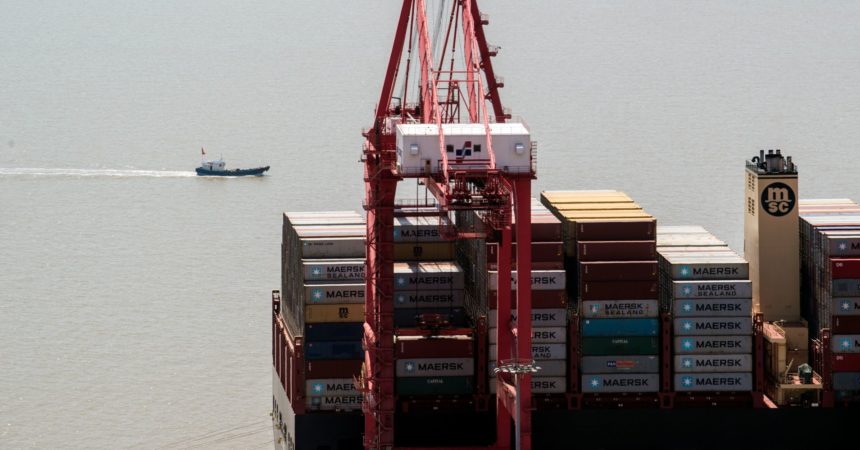
Auto industry officials are cautiously breathing a sigh of relief after hearing word from Washington that the Trump administration may delay, possibly even scrub, a move that could impose new tariffs of up to 25 percent on imported vehicles and car parts.
President Donald Trump met with his trade advisers on Tuesday to discuss, among other things, the status of a Commerce Department investigation into trade practices that began last May. It could result in sanctions under section 232 of the Trade Expansion Act if it’s determined that auto imports pose a threat to national security. But critics, including virtually the entire auto industry, as well as several foreign leaders, have warned that such a move could touch off a much wider trade war.
The auto industry also fears that new tariffs, on top of those already enacted on Chinese-made vehicles and imported aluminum and steel, could have a major negative impact on the American new car market. Consumers could be hit with higher prices that would put the brakes on already declining car sales, hammering industry profits.
Ford and General Motors noted in recent weeks that the aluminum and steel tariffs alone will cost them each about $1 billion more than they expected for raw materials this year alone. Fiat Chrysler and foreign-owned manufacturers with assembly operations in the U.S. also are feeling the impact.
“Costs have gone up and (are being) passed onto end consumers,” Jack Hollis, the general manager of the Toyota division for Toyota Motor North America told CNBC after a media preview of the 2020 Corolla. The sedan will be assembled at two U.S. plants, including one now being built in Alabama as part of a joint venture between Toyota and Mazda.
The auto industry has found itself at ground zero in the Trump Administration’s trade war. Indeed, then-candidate Donald Trump put Ford in the spotlight early in his campaign, publicly calling the automaker out in 2016 for planning to move production of some passenger car models to Mexico.
“We shouldn’t allow it to happen,” the then-candidate said in September 2016, while warning he would enact major tariffs targeting the Detroit automaker if he won. In turn, Ford Chairman Bill Ford called the comments, “infuriating.” But despite meeting with Trump, the blistering comments and tweets continued, even after the 2016 election. If anything, President Trump turned up the heat, also targeting GM, Toyota and other automakers in his steady stream of tweets.
Automakers might have learned to live with the criticism, but words have turned into costly deeds. There are the aluminum and steel sanctions that have had a major impact on an industry that is one of the country’s largest users of raw metals. Then there’s the trade war with China.
Currently, the U.S. imports relatively few vehicles from that country — a small but growing list of models sold by Volvo and GM’s Buick division. But imports of car parts run into the billions of dollars.
Over the past two decades, as China grew from a backwater into the world’s largest automotive market, most foreign carmakers have set up manufacturing facilities in-country. But there are still a significant number of auto imports, including the 267,000 vehicles the U.S. shipped to China in 2017. They now face tariffs of 40 percent, up from the 25 percent duties in place before the trade dispute began.
The irony is that early this year, Chinese President Xi Jinping announced plans to take several steps to ease trade tensions on the automotive front, among other things, cutting import tariffs to 15 percent.
The unintended consequence is that vehicles imported from the U.S. now are even less competitive in the world’s largest automotive market, even as vehicles produced in, say, Japan, South Korea, Britain or Germany, have become more competitive there since they face reduced tariffs.
For those bringing Chinese-made vehicles to the U.S., the choice has been whether to raise prices or cut into profits. For those exporting to China, they face a similar challenge: swallow the added tariffs or watch sales dry up.
Ford has been hammered both ways. In early 2017, the automaker canceled plans to build its Focus sedan at a new plant in Mexico. But rather than bringing the car back to the U.S., it decided to move production to China. Now, that plan has been scrapped, as well. In light of increased tariffs, Ford is killing off the Focus model entirely.
Meanwhile, the company is watching as what had been booming Chinese demand for the American-made Mustang “pony car” dries up. The automaker is trying to find other outlets to pick up the slack in demand but could be forced to trim production at a plant in suburban Detroit.
How much the tariffs will hurt sales of U.S.-made vehicles in China is not yet clear, but BMW is also feeling the heat. It has been the number one exporter of American-made vehicles for much of the decade, last year shipping over 100,000 sport-utility vehicles, including the big X5 model, to China from its assembly plant in Spartanburg, South Carolina.
Company officials have told CNBC that they are diverting production to other markets, while also trying to boost sales in the U.S., to avoid any cutbacks at Spartanburg. But they also note that the carmaker is working up plans to add capacity to build SUVs in China, something that will impact future growth opportunities for the South Carolina plant.
As troubling as the Chinese trade war has become, the auto industry came out largely unscathed by the Trump administration’s rework of the North American Free Trade Agreement. The president’s threat to scrub NAFTA entirely would have been “disastrous” for an industry that has built up a continent-wide manufacturing network over the past quarter-century, said David Cole, director-emeritus of the Center for Automotive Research, in Ann Arbor, Michigan.
The revised treaty, now called the United States-Mexico-Canada Agreement, or USMCA, largely retains the same framework, though it requires the use of more localized content — translating into North American-made parts — and it effectively will drive up the wages paid to some Mexican autoworkers.
All that will translate into some modestly increased costs, though industry planners are still trying to figure out precisely how much that will work out to. The good news is that the existing production network will largely go unchanged.
That said, not everyone is pleased with the way the NAFTA negotiations have gone. Testifying before the U.S. International Trade Commission on Thursday, John Bozzella, the CEO of the Association of Global Automakers, complained about the fact that the Trump Administration has not rolled back the aluminum and steel tariffs on metal imported from Mexico and Canada. That is, Bozzella said, “highly disappointing, damaging to the industry and contrary to the spirit of these negotiations.”
Still, there may be reasons for auto industry executives to relax a bit. On Friday, Chinese Commerce Ministry spokesman Gao Feng told reporters that “high-level contacts between the two sides on economics and trade have resumed following the November 1 conversation between the Chinese and American heads of state.” What, if anything, that might translate into remains uncertain, however.
Auto industry executives will also be watching closely to see if the administration actually does pull back from, rather than just delay, enacting section 232 tariffs.
Cody Lusk, the president of the American International Automobile Dealers Association, also appeared before the Trade Commission on Thursday, testifying that the group’s thousands of dealers “remain concerned about the potential for increased costs and lost auto jobs due to onerous new origin requirements, possible 232 tariffs, and crippling uncertainty stagnating an otherwise humming economy.”
For his part, Toyota brand boss Hollis told CNBC the automaker estimated that enacting 232 sanctions would add anywhere from $3,000 to $6,000 to the cost of the typical Toyota, even those assembled in the U.S., because of higher tariffs on imported parts.
“I’m as happy as the end consumer because it would put a tax on customers,” said Hollis.
There are few things the industry values more than stability, the Toyota executive noted, except, perhaps, for predictability. The continuing uncertainty about tariffs and trade — as well as other regulatory matters, such as a planned rollback of federal mileage standards is making it difficult for automakers to plan for the future. They can only hope that what happens next won’t drive up costs, drive down sales and deliver an even bigger hit to their earnings.


